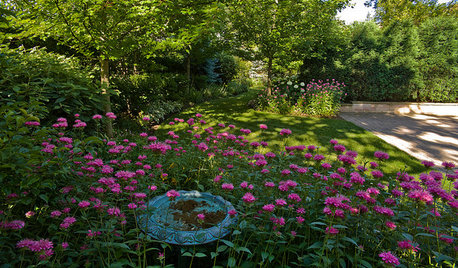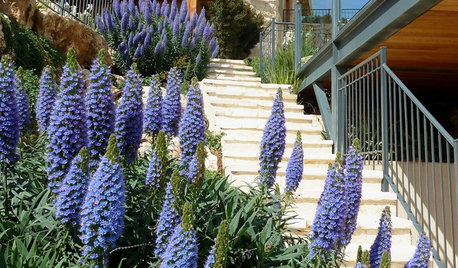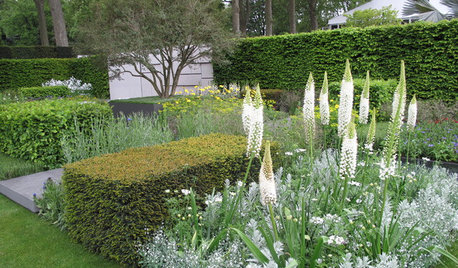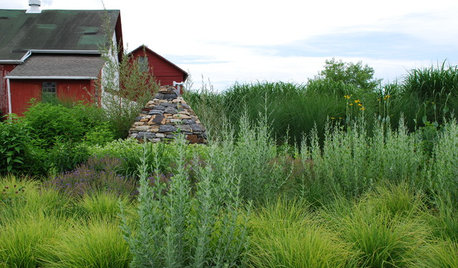buddy for gooseneck loosestrife?
still_lynnski
11 years ago
Featured Answer
Comments (13)
pixie_lou
11 years agoginny12
11 years agoRelated Professionals
Bridgetown Landscape Architects & Landscape Designers · East Rancho Dominguez Landscape Architects & Landscape Designers · Glassmanor Landscape Architects & Landscape Designers · Kapaa Landscape Architects & Landscape Designers · Mitchellville Landscape Architects & Landscape Designers · North New Hyde Park Landscape Architects & Landscape Designers · Otsego Landscape Architects & Landscape Designers · Norwood Landscape Contractors · Florham Park Landscape Contractors · South Hackensack Landscape Contractors · Southbury Landscape Contractors · Yukon Landscape Contractors · Glen Ellyn Decks, Patios & Outdoor Enclosures · Grafton Decks, Patios & Outdoor Enclosures · King of Prussia Decks, Patios & Outdoor Enclosuresgardenweed_z6a
11 years agoNHBabs z4b-5a NH
11 years agoMarie Tulin
11 years agosusan amberson
9 years agohomegrowninthe603
9 years agogardengal48 (PNW Z8/9)
9 years agolast modified: 9 years agoRI-Mike
9 years agoedlincoln
9 years agoMarie Tulin
9 years agoka1428
8 years ago
Related Stories

LANDSCAPE DESIGNExuberant Self-Seeders for Gorgeous, Easy-Care Gardens
Keep weeds down, color high and maintenance low with beautful plants that sow themselves
Full Story
GARDENING GUIDES6 Plants That Beat Butterfly Bush for the Wildlife Draw
It's invasive, a nonnative and a poor insect magnet. Check out these better alternatives to butterfly bush in the garden
Full Story
GARDENING GUIDESGreat Design Plant: Pride of Madeira
Try this drought-tolerant stunner for its massive flower spikes that burst with purple, drawing butterflies and birds to the garden
Full Story
GARDENING GUIDESGreat Garden Ideas From the 2015 Chelsea Flower Show
Peruse inspiring plants, plant combinations and design ideas from London’s famed garden exhibition
Full Story
KITCHEN SINKSEverything You Need to Know About Farmhouse Sinks
They’re charming, homey, durable, elegant, functional and nostalgic. Those are just a few of the reasons they’re so popular
Full Story
HOUZZ TOURSMy Houzz: A Fort Worth Cottage to Make Your Heart Sing
Choosing for love leads to delightfully unexpected colors, patterns and artworks in a Texas couple’s home
Full Story
LANDSCAPE DESIGNProblem Solving With the Pros: An Abundant Garden Stretches Its Means
Swaths of resilient, eye-catching plants thrive with little care or resources in the landscape of a Pennsylvania farmhouse
Full Story








Hermine Dow